The Paris–Lyon LGV+ line: An innovative project
The Paris–Lyon line, the oldest and busiest in France, is set to be modernised under the LGV+ project. This key route is reaching saturation during peak hours. The project has several goals: to improve traffic reliability, increase line capacity and bring it into line with European standards.
A major route undergoing rapid expansion
In service since 1981, the Paris–Lyon line occupies a strategic position in the network. It connects to major routes heading toward Spain, Italy and Northern Europe. With a sharp rise in passenger traffic in recent years, this line is expected to become even busier in the future and needs to be upgraded to handle the increase.
About the LGV+ project
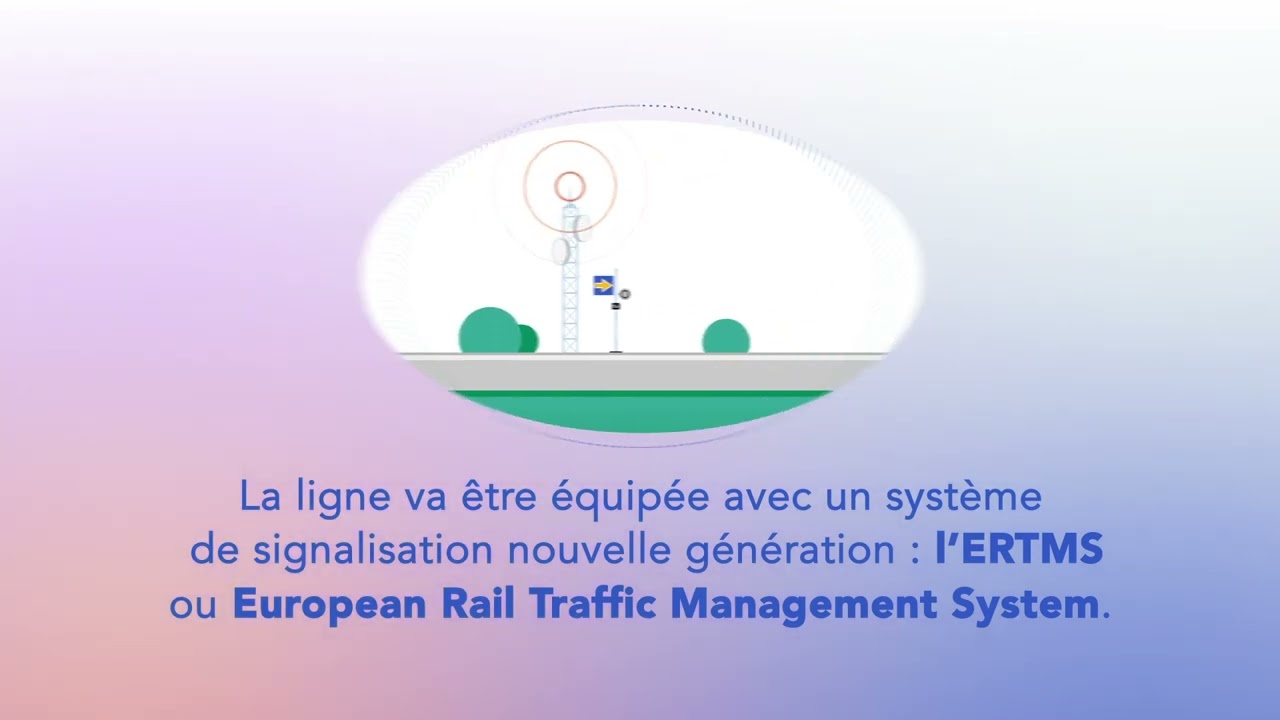
The Paris–Lyon line in figures
33%
of all high-speed traffic on the national rail network
460 km
of track
240
trains a day
Increasing traffic without building a new line
The LGV+ project addresses numerous priorities while keeping passenger safety front and centre. By upgrading the signalling system, it will improve service reliability and gradually increase the line’s capacity—from 13 to 16 trains per hour in each direction at peak times by 2030. That’s a 25% increase in traffic flow.
As is often the case in Europe, the Paris–Lyon high-speed line has its own dedicated signalling system (in France, this is TVM, or Transmission Voie-Machine). Train operators must equip their trains accordingly, which comes at a significant cost. The challenge now is to harmonise signalling systems through the European Rail Traffic Management System (ERTMS), making it easier for operators to access the network. It is a vital step toward a more competitive European rail sector. The European Union is backing the project as part of this drive for interoperability, contributing €120 million.
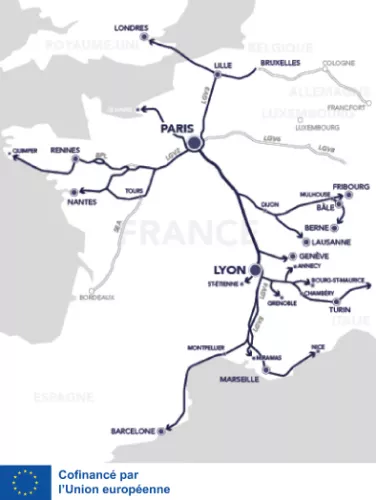
With LGV+, SNCF Réseau is building the railway network of tomorrow
Signalling upgrade
Deployment of the ERTMS system and installation of 58 interlocking stations along the line to control track switches.
New infrastructure buildings
Construction of a new Remote Control Centre (PCD) in Lyon
Line supervision
Installation of a Centralised Network Control system to manage the line from Marne-la-Vallée to Lyon
Enhanced power supply
Boosting the line’s electrical capacity and installing a new power supply control centre
Station upgrades
Infrastructure improvements at Paris and Lyon stations to accommodate additional trains
ERTMS: A key asset for running more trains
Already in use across several European countries, the ERTMS (European Rail Traffic Management System) is the most advanced, reliable and robust signalling system available. For the first time in France, it is being deployed on an existing high-speed line—without disrupting train services.
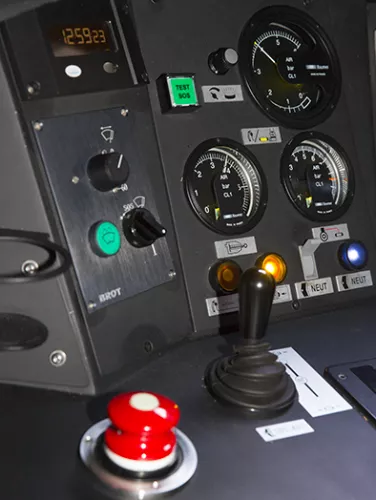
Centralised network control: Delivering smoother operations
To improve the management of rail traffic, speed up decision-making and respond more effectively to operational incidents, all track switching operations are now controlled from the central network control centre in Lyon. This modern, connected space processes data in real time for optimised network supervision.
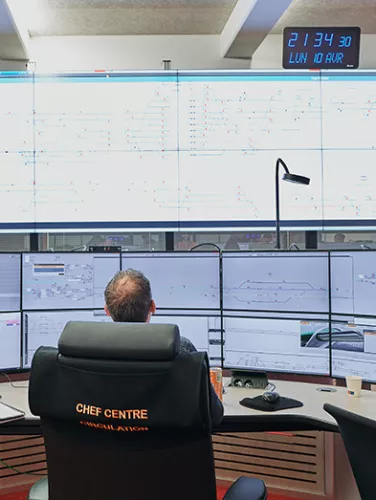
A project driving a more sustainable rail network
As one of the least polluting modes of transport, rail is key to meeting today’s environmental challenges. By increasing the Paris–Lyon line’s capacity by 25%, the LGV+ project encourages a shift from road to rail.
But its carbon impact goes even further: Thanks to its highly targeted works, the project requires very few resources. In fact, modernising this 460-kilometre line will generate less CO₂ than building just 3 kilometres of new track.
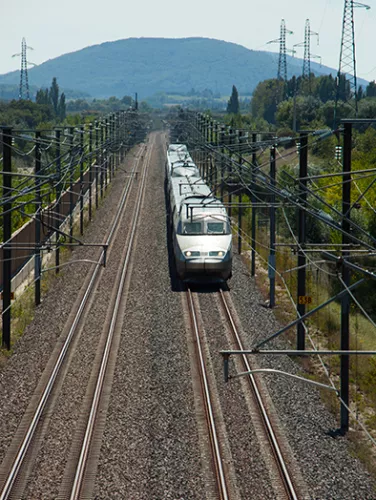
Find out more
Why carry out works?
The work we are undertaking on the rail network is designed to maintain high standards of safety and infrastructure resilience, improve service frequency and punctuality and support the development of new routes.
Major development projects
Eole, CDG Express, NExTEO, the new Provence–Côte d’Azur line… These are just a few of the large-scale projects led by SNCF Réseau. All share a common goal: Expanding France’s sustainable transport offering by developing new rail infrastructure.
Europe’s rail ambitions
Rail development across Europe is being driven and supported by the European Commission through an ambitious sustainable mobility strategy. The aim? To build a smarter, greener European rail network.
